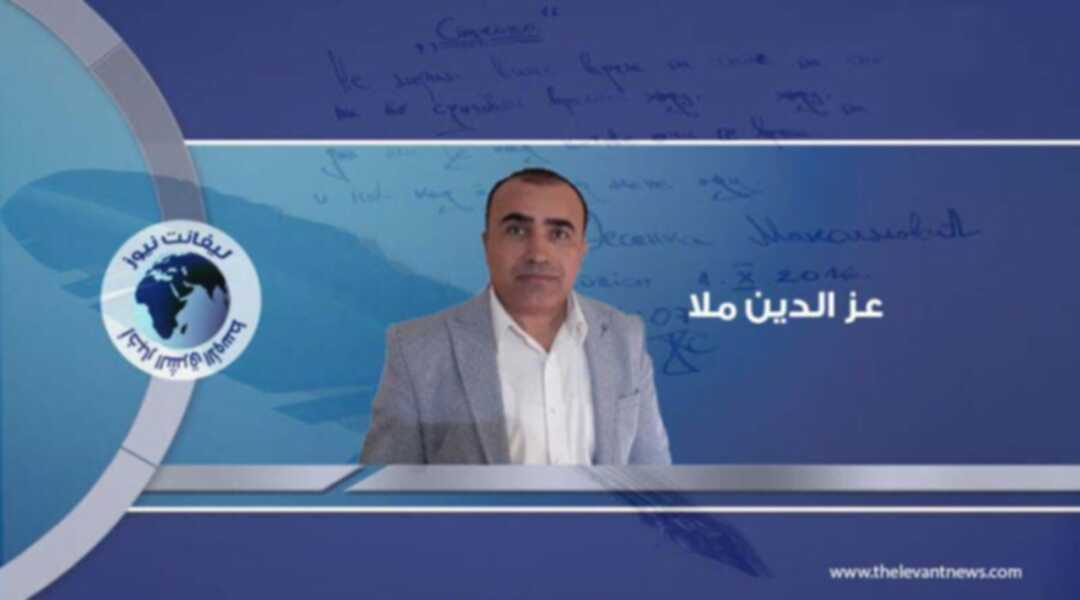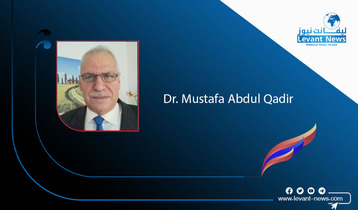-
Syria: Between the Pains of the Past and the Challenges of the Future

Syria today lives in a difficult phase filled with challenges and pains, as well as a pivotal moment in its history after more than five decades of the oppressive Baath regime under the leadership of the dictator Hafez al-Assad and then his son Bashar al-Assad, who was no less criminal than his father but rather more bloody and terrorizing. Despite the fall of the Assad regime, Syrians have not yet awakened from the bitter nightmare they endured throughout those years. Between the violations of rights and freedoms, sectarian strife, and ethnic exclusion, and the bloody conflicts that the country witnessed, which resulted in hundreds of thousands of victims, the nightmare continues to affect the future of Syria due to the serious repercussions it has left behind. Although part of this nightmare has ended with the resounding fall of the regime, the remnants of the crimes committed by the regime will remain present in the collective memory of the Syrian people, exacerbated by what we and the whole world witness through television screens and social media about the suffering of political prisoners in the regime's prisons, led by Saydnaya prison. This prison alone is sufficient to prove to the world and to humanity the terror the Syrian people lived in during that time.
Since the Baath Party took power in 1963 and the Assad family in 1970, the Baathist Assad regime established a terrifying repressive machine targeting all segments of Syrian society, including various minorities and sects of Arabs, Kurds, Druze, Christians, and even members of its own Alawite community. However, the Kurds were the most affected group by Baath policies, which targeted them specifically through several means, the most notable being the Arab Belt policy, which led to the expulsion of tens of thousands of Kurdish families from their lands and the resettlement of people brought in from Raqqa. These policies were not limited to forced eviction alone, but also extended to depriving them of the right to citizenship in their own country through a census decision that stripped tens of thousands of Kurds of their Syrian nationality, making them strangers in their own land and forcing them to live as refugees within their homeland. This situation deprived them of their right to education, movement, travel, and even their basic rights to enjoy their Syrian nationality.
From the moment the Baathist Assad regime imposed its policy of exclusion on the Kurds, the goal was to eliminate their cultural and political identity through systematic oppression and denial of education in their mother tongue. However, these policies did not apply only to the Kurds; the Sunni community also suffered, where the events in Hama in 1982 represented the regime's ugly face by destroying the city, resulting in more than 40,000 martyrs at that time. The Syrian regime under the Assad family did not discriminate between sects; instead, it sought to create an environment of hatred and racism among the various segments of Syrian society, practicing intimidation tactics such as arrests, persecution, psychological warfare, and silencing voices, turning Syria into a terrifying and frightening prison.
Therefore, the main reason for the Syrian regime's meticulous implementation of the "divide and conquer" policy was to maintain its grip on power. This policy was not limited to ethnic and religious exclusion and marginalization but also involved exacerbating sectarian conflicts among the various social, ethnic, and sectarian components in Syria. Thus, the regime fostered a climate of hatred between Arabs and Kurds, facilitating its rule for more than fifty years.
One of the most prominent manifestations of this policy was the events that took place in Qamishli in 2004, where clashes erupted between the fan bases of Al-Fotuwa from Deir ez-Zor and Al-Jihad from Qamishli during a football match. These events marked the spark of a Kurdish uprising against the regime. Despite the significant sacrifices of dozens of martyrs among the Kurds and the arrest of thousands, the uprising could not achieve its goals due to the regime's policies that encouraged the increase of hate speech between Kurds and Arabs, leading to a weakening of the spirit of national solidarity among all components of Syrian society.
In 2011, the Syrian revolution erupted as a response to all these brutal and inhumane practices against the Syrians, who had reached their breaking point. Although the revolution started with demands to overthrow the regime from all segments of the Syrian people, the regime's tactics of dividing the community and creating an environment of suspicion and fear among different groups were decisive in leading the revolution to face its tragic fate of destruction, devastation, displacement, and the continuation of the Syrian crisis all these years. Instead of being the beginning of national unity among Syrians from all sects and ethnicities, the revolution marked the onset of a dark tunnel that resulted in hundreds of thousands of martyrs and displaced people, along with millions being internally displaced within Syria and outside of it. There is no doubt that the regime's
By: Azeddine Mela
Tags
You May Also Like
Popular Posts
Caricature
BENEFIT Sponsors BuildHer...
- April 23, 2025
BENEFIT, the Kingdom’s innovator and leading company in Fintech and electronic financial transactions service, has sponsored the BuildHer CityHack 2025 Hackathon, a two-day event spearheaded by the College of Engineering and Technology at the Royal University for Women (RUW).
Aimed at secondary school students, the event brought together a distinguished group of academic professionals and technology experts to mentor and inspire young participants.
More than 100 high school students from across the Kingdom of Bahrain took part in the hackathon, which featured an intensive programme of training workshops and hands-on sessions. These activities were tailored to enhance participants’ critical thinking, collaborative problem-solving, and team-building capabilities, while also encouraging the development of practical and sustainable solutions to contemporary challenges using modern technological tools.
BENEFIT’s Chief Executive Mr. Abdulwahed AlJanahi, commented: “Our support for this educational hackathon reflects our long-term strategic vision to nurture the talents of emerging national youth and empower the next generation of accomplished female leaders in technology. By fostering creativity and innovation, we aim to contribute meaningfully to Bahrain’s comprehensive development goals and align with the aspirations outlined in the Kingdom’s Vision 2030—an ambition in which BENEFIT plays a central role.”
Professor Riyadh Yousif Hamzah, President of the Royal University for Women, commented: “This initiative reflects our commitment to advancing women in STEM fields. We're cultivating a generation of creative, solution-driven female leaders who will drive national development. Our partnership with BENEFIT exemplifies the powerful synergy between academia and private sector in supporting educational innovation.”
Hanan Abdulla Hasan, Senior Manager, PR & Communication at BENEFIT, said: “We are honoured to collaborate with RUW in supporting this remarkable technology-focused event. It highlights our commitment to social responsibility, and our ongoing efforts to enhance the digital and innovation capabilities of young Bahraini women and foster their ability to harness technological tools in the service of a smarter, more sustainable future.”
For his part, Dr. Humam ElAgha, Acting Dean of the College of Engineering and Technology at the University, said: “BuildHer CityHack 2025 embodies our hands-on approach to education. By tackling real-world problems through creative thinking and sustainable solutions, we're preparing women to thrive in the knowledge economy – a cornerstone of the University's vision.”
opinion
Report
ads
Newsletter
Subscribe to our mailing list to get the new updates!






















